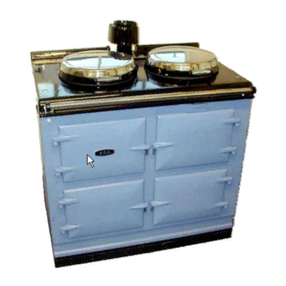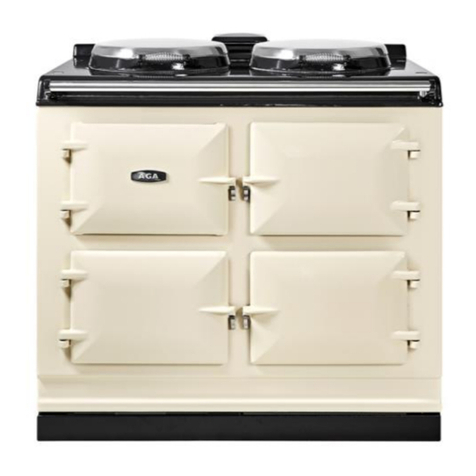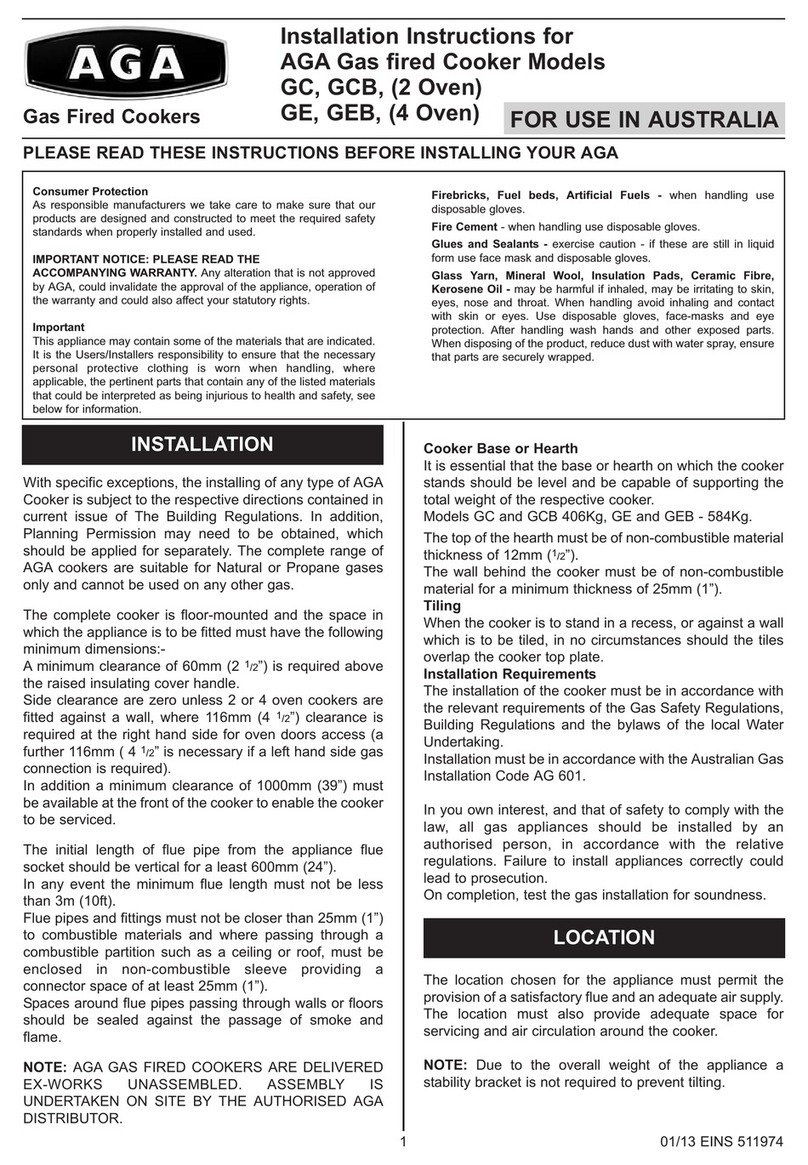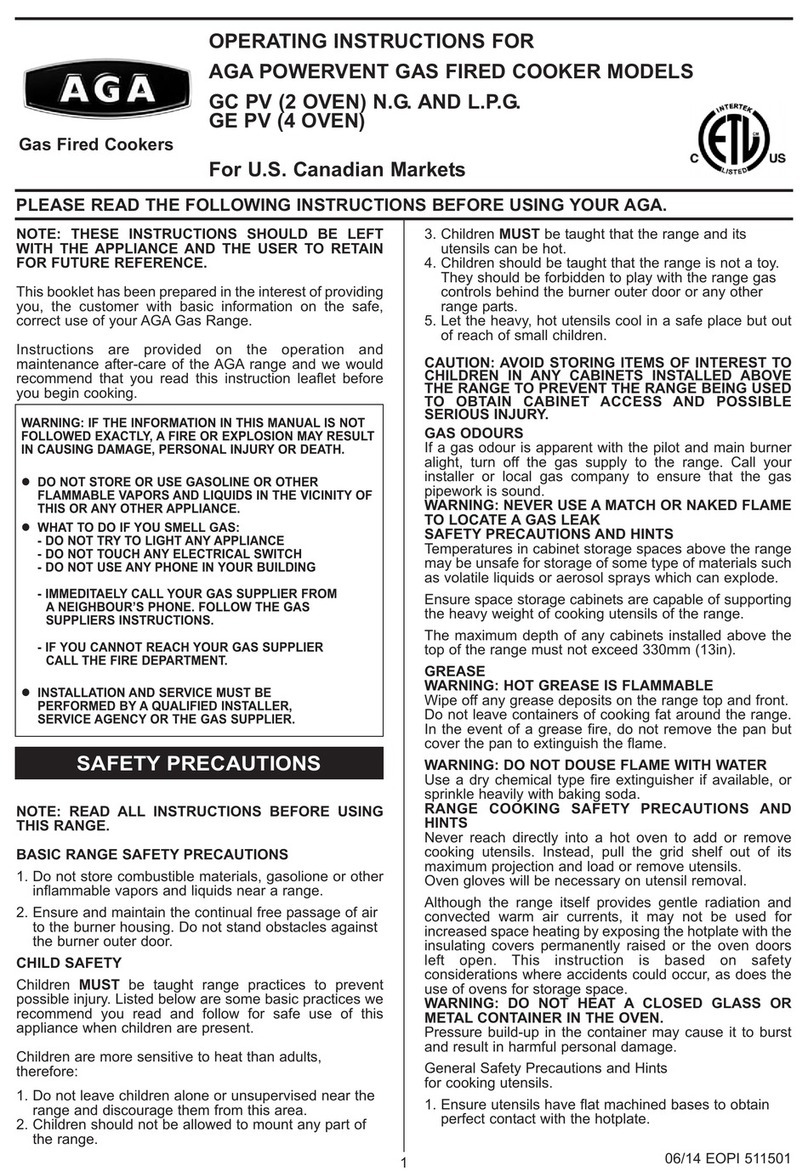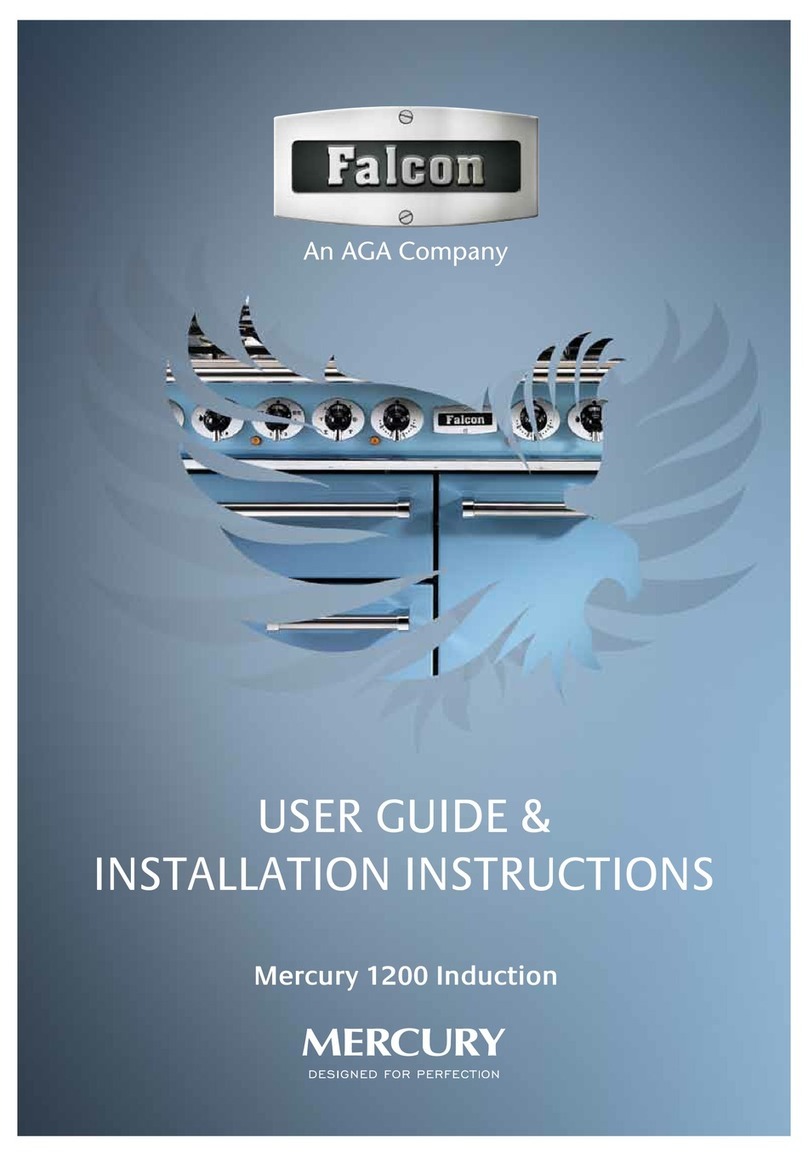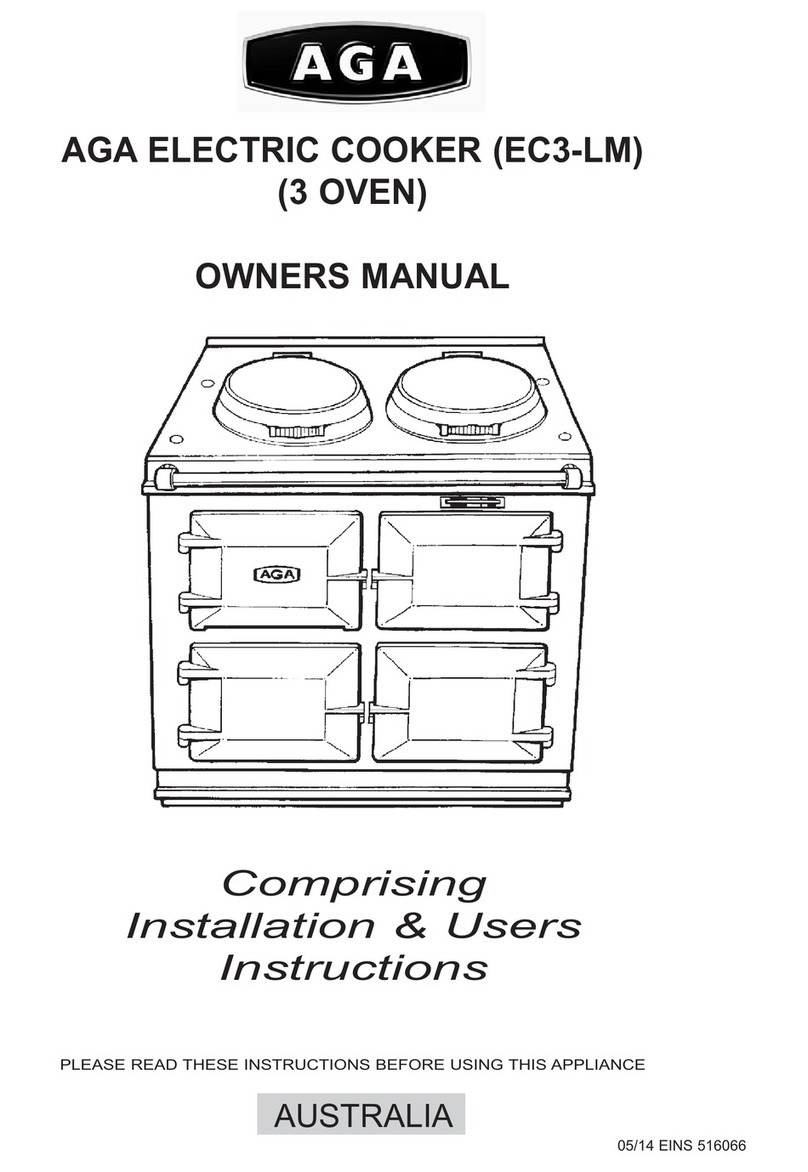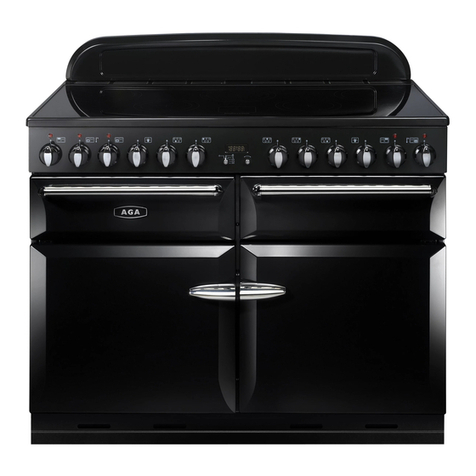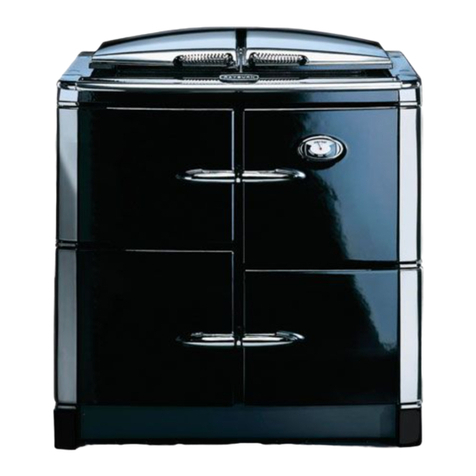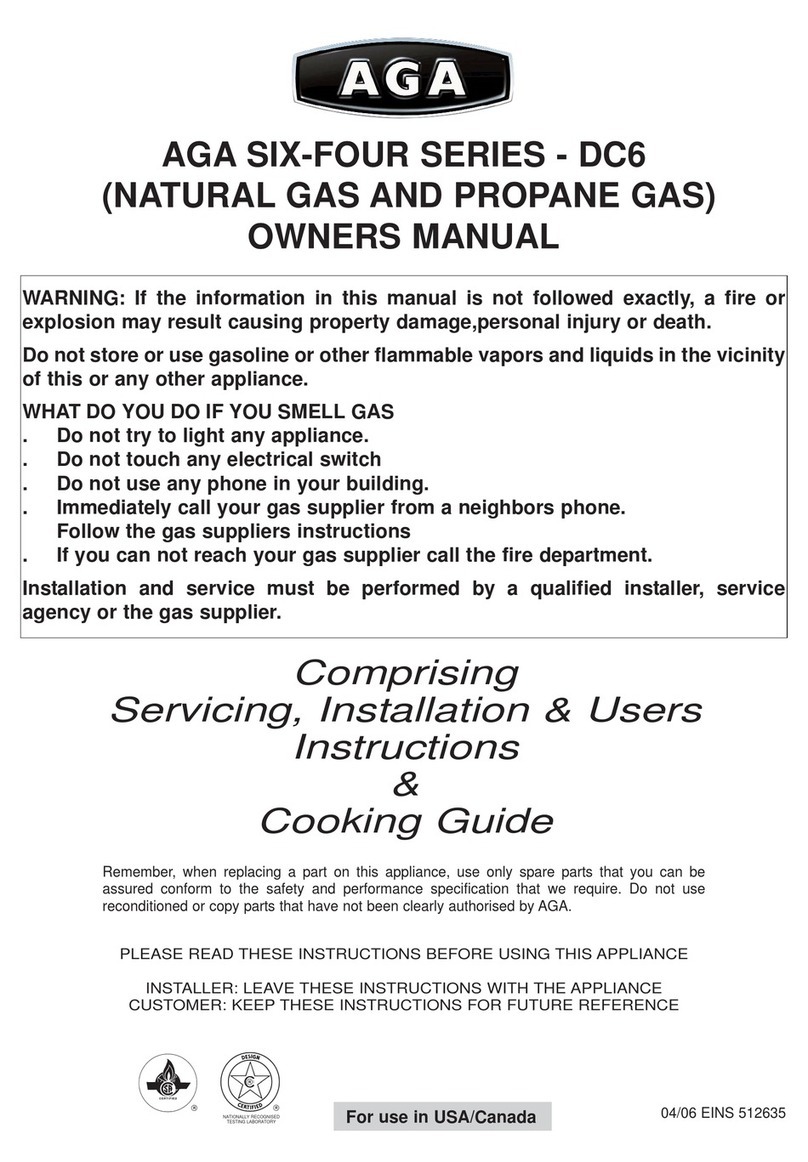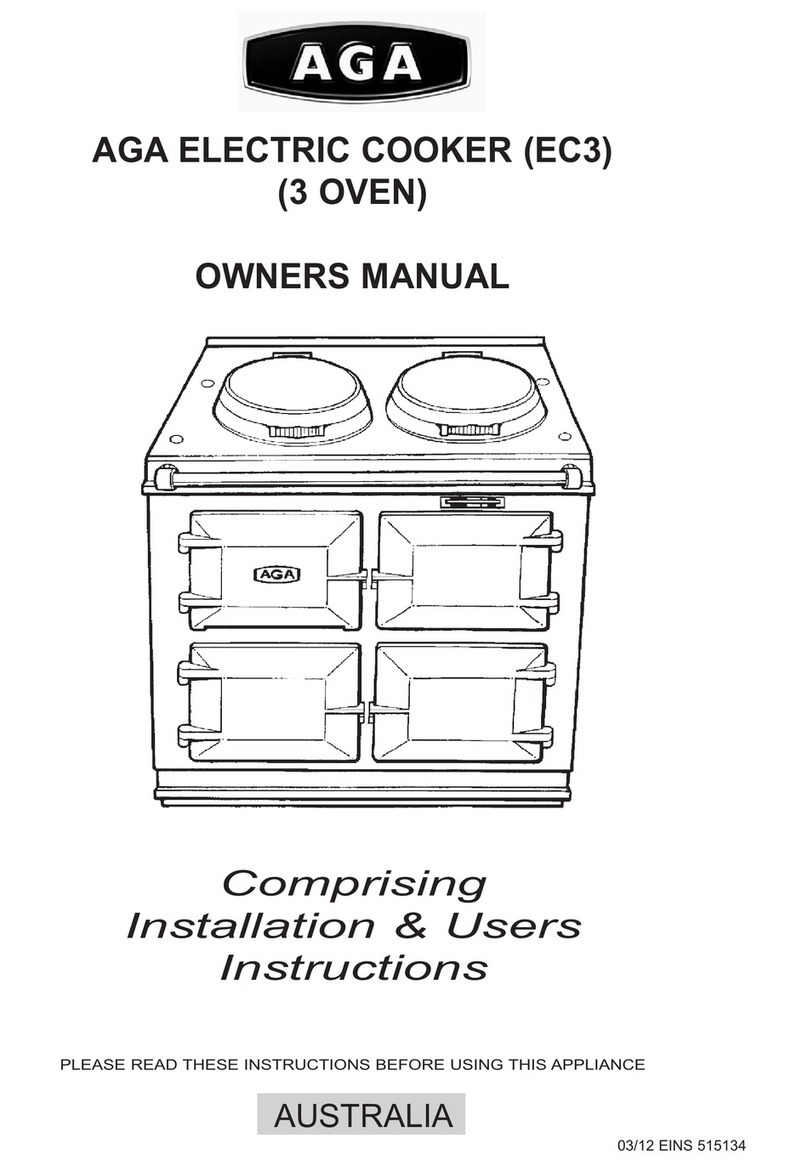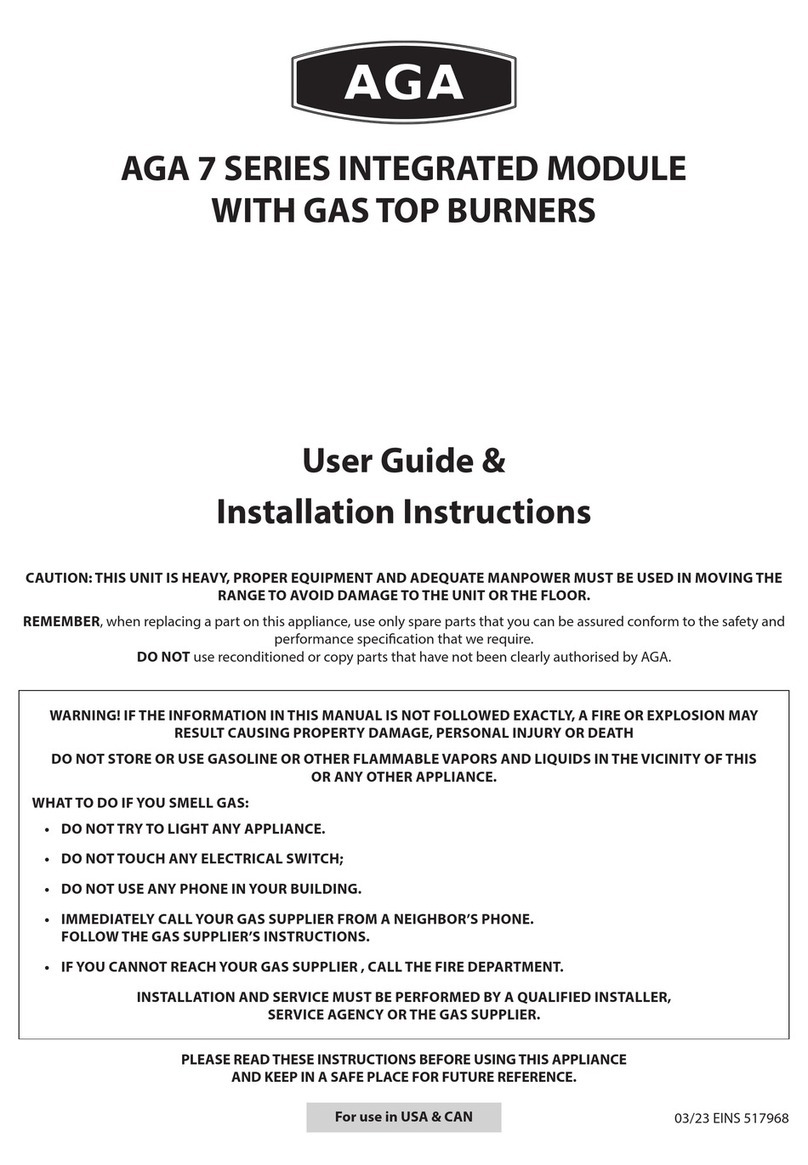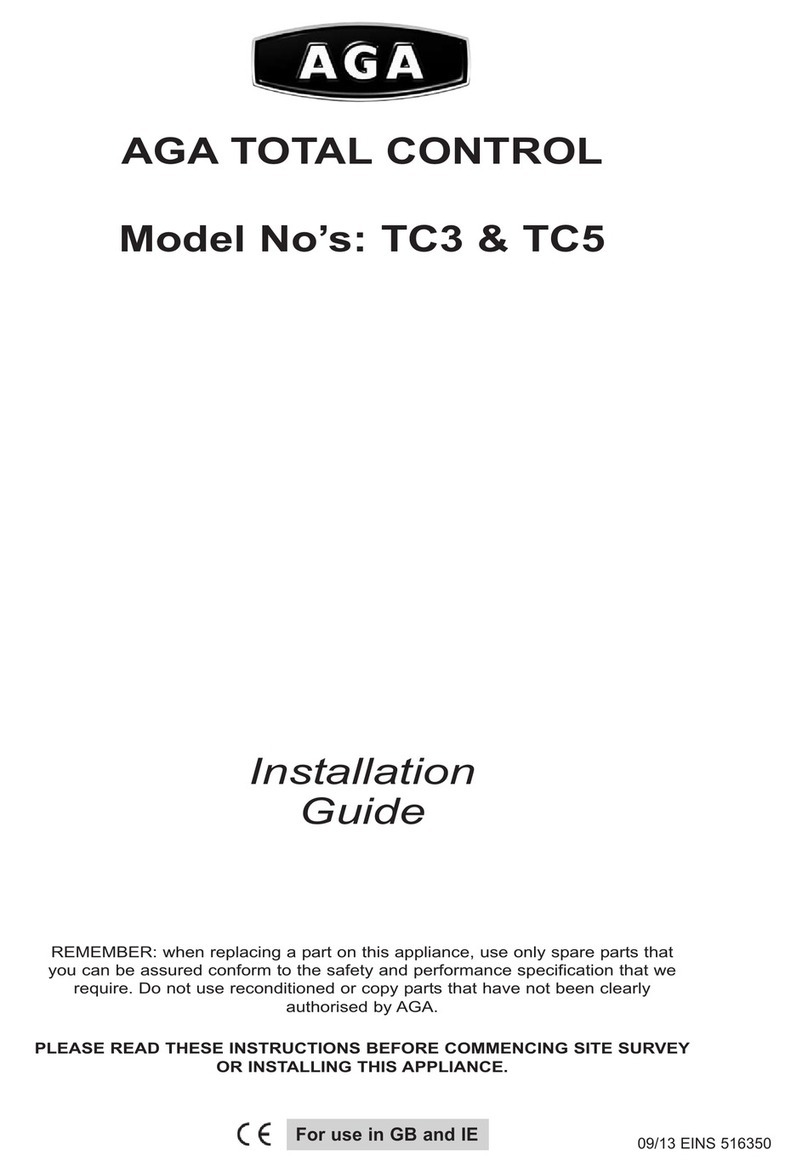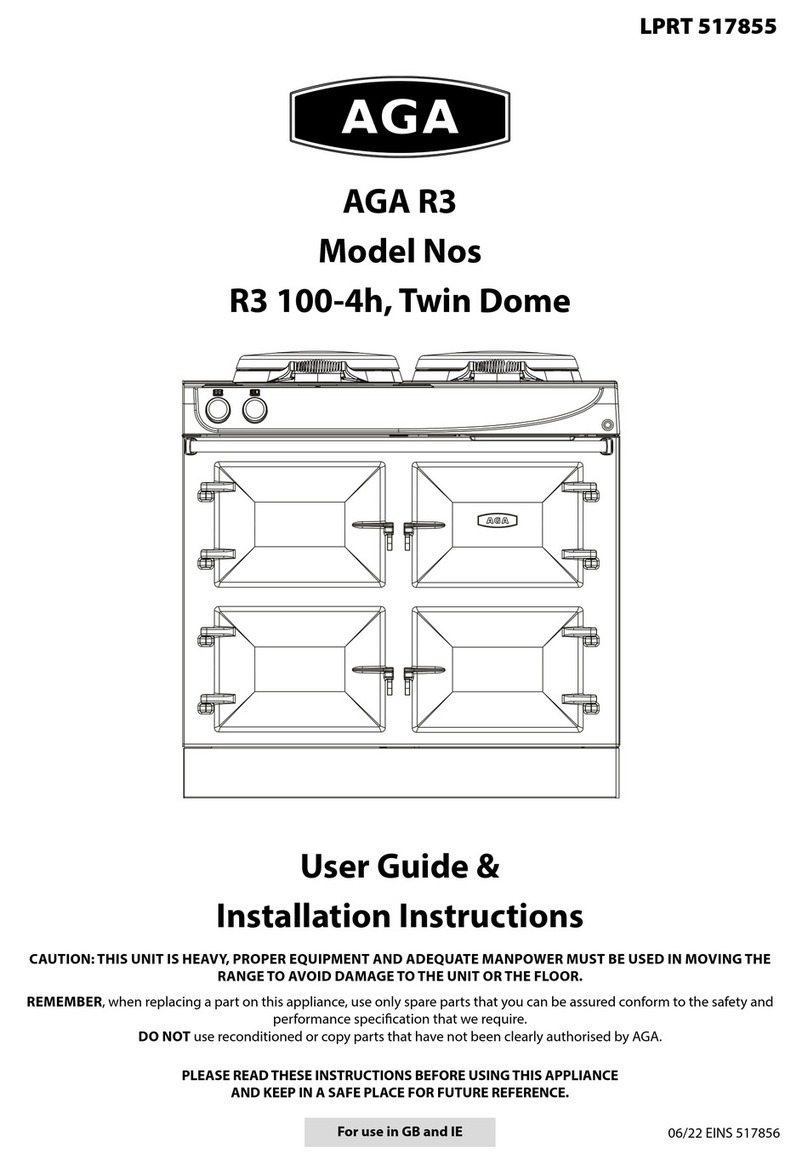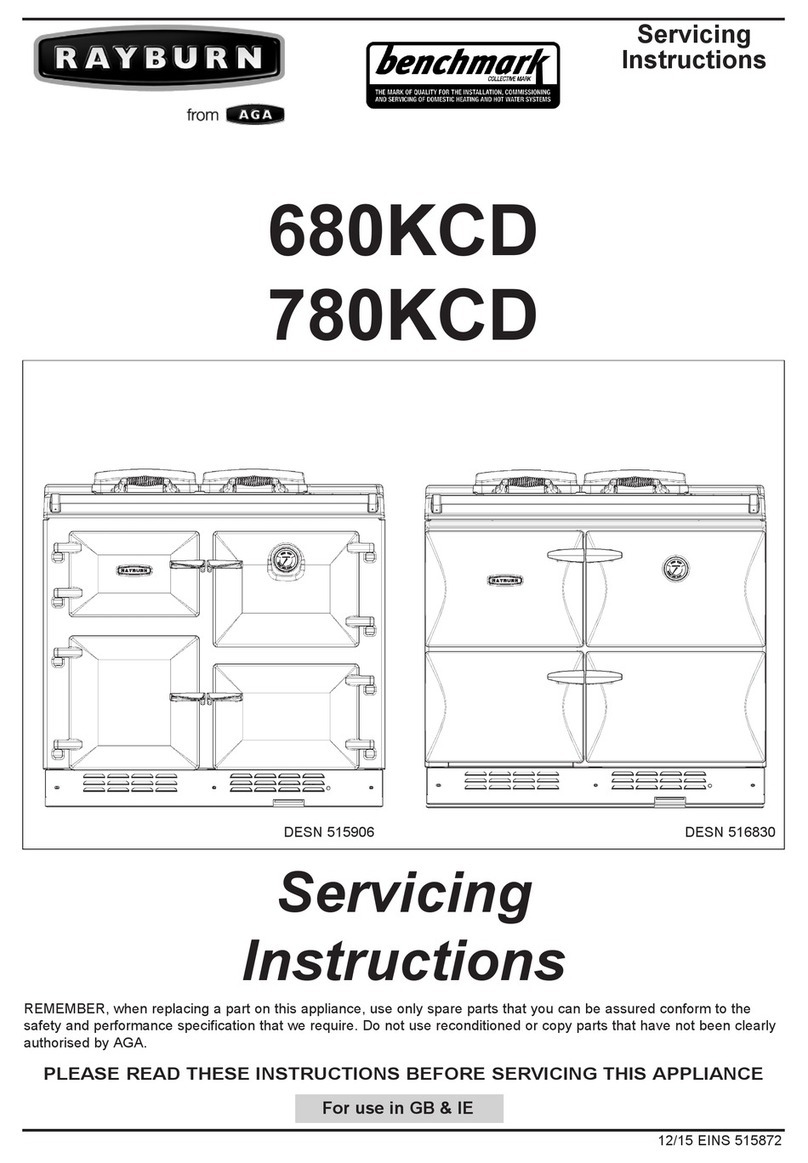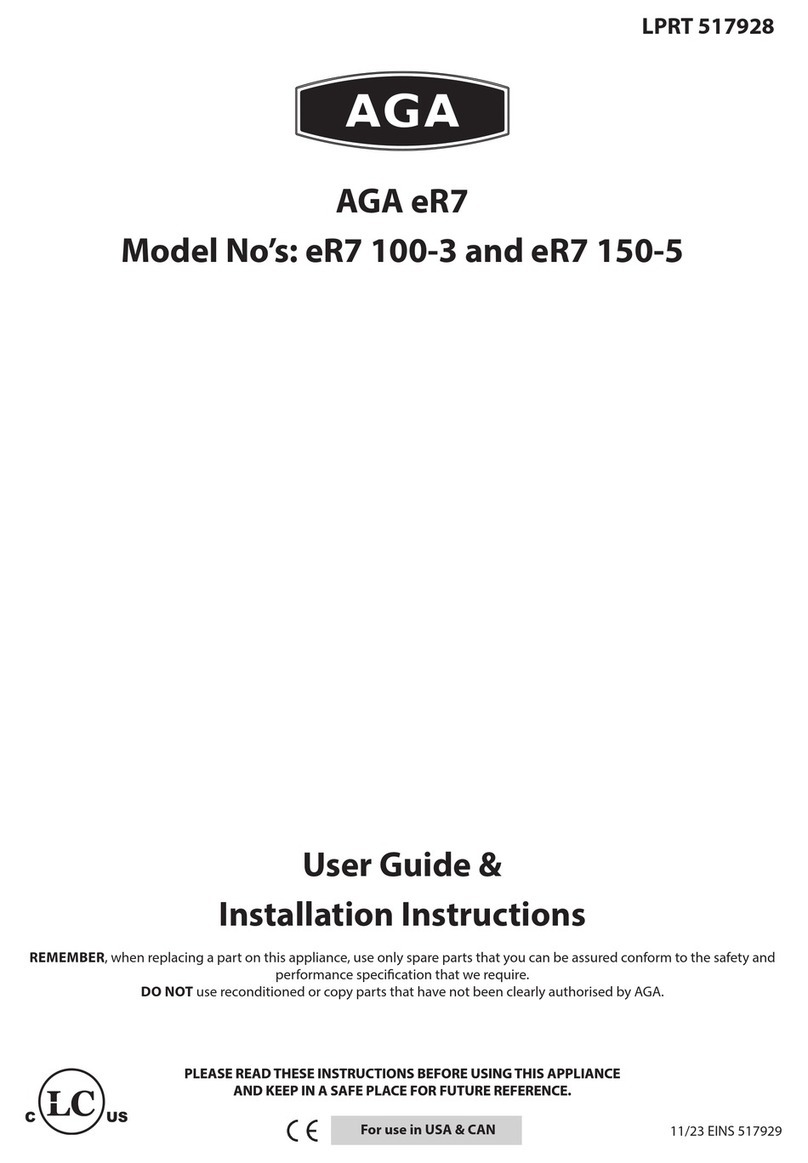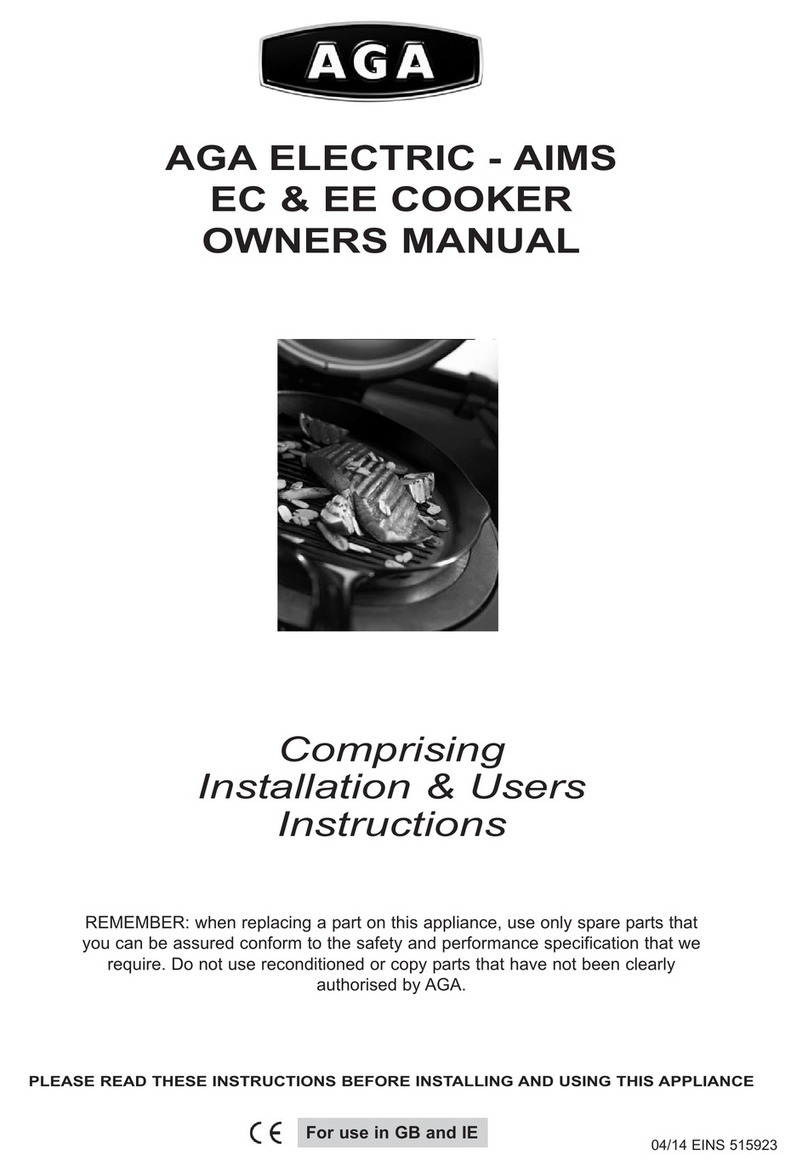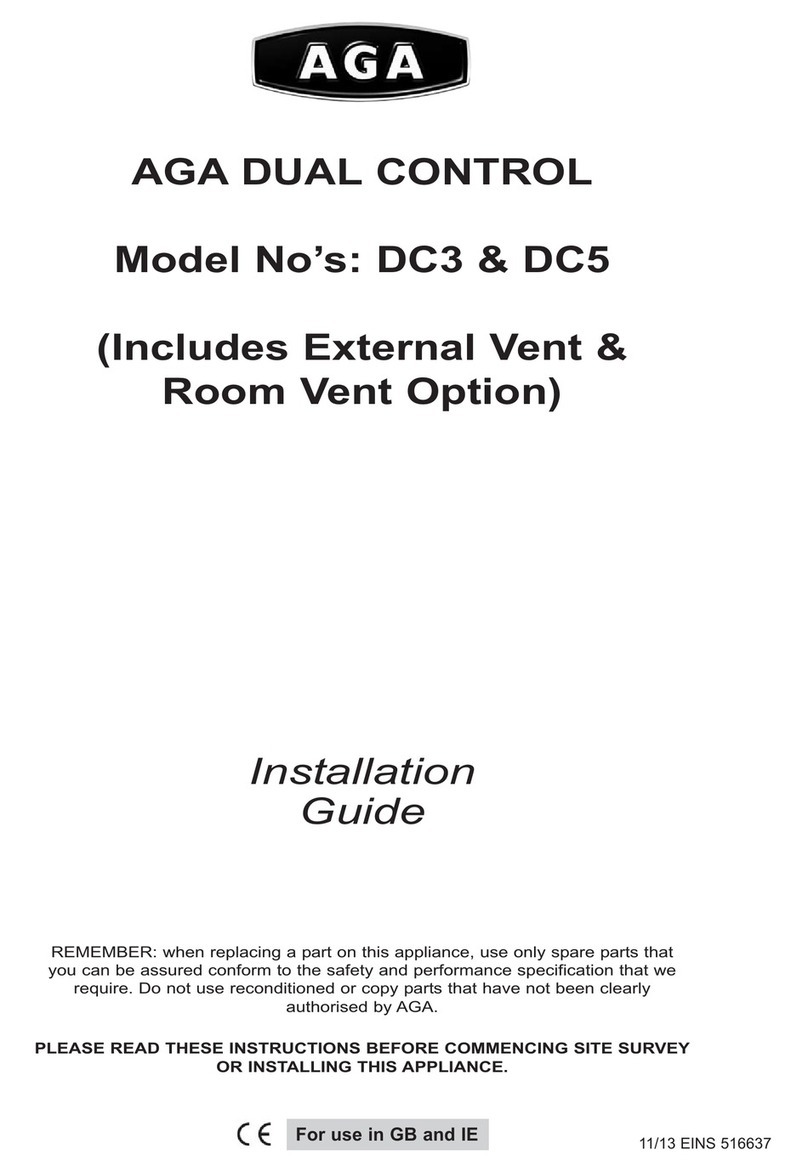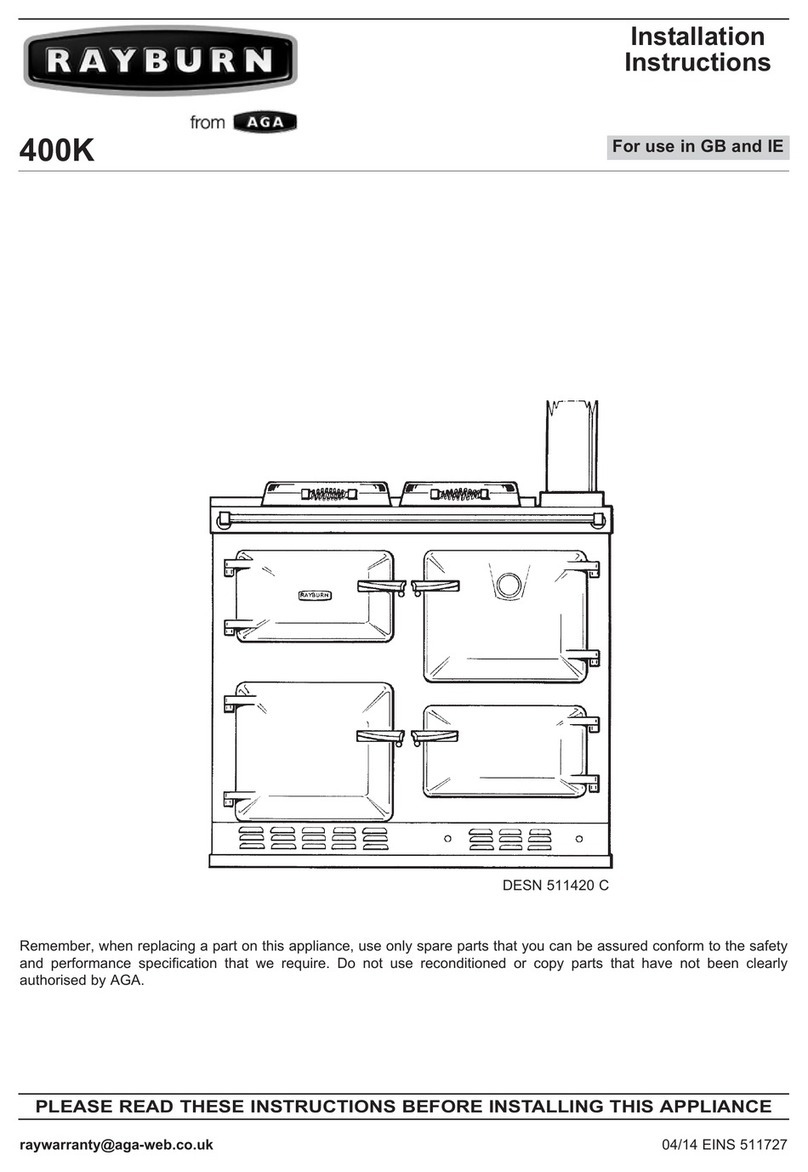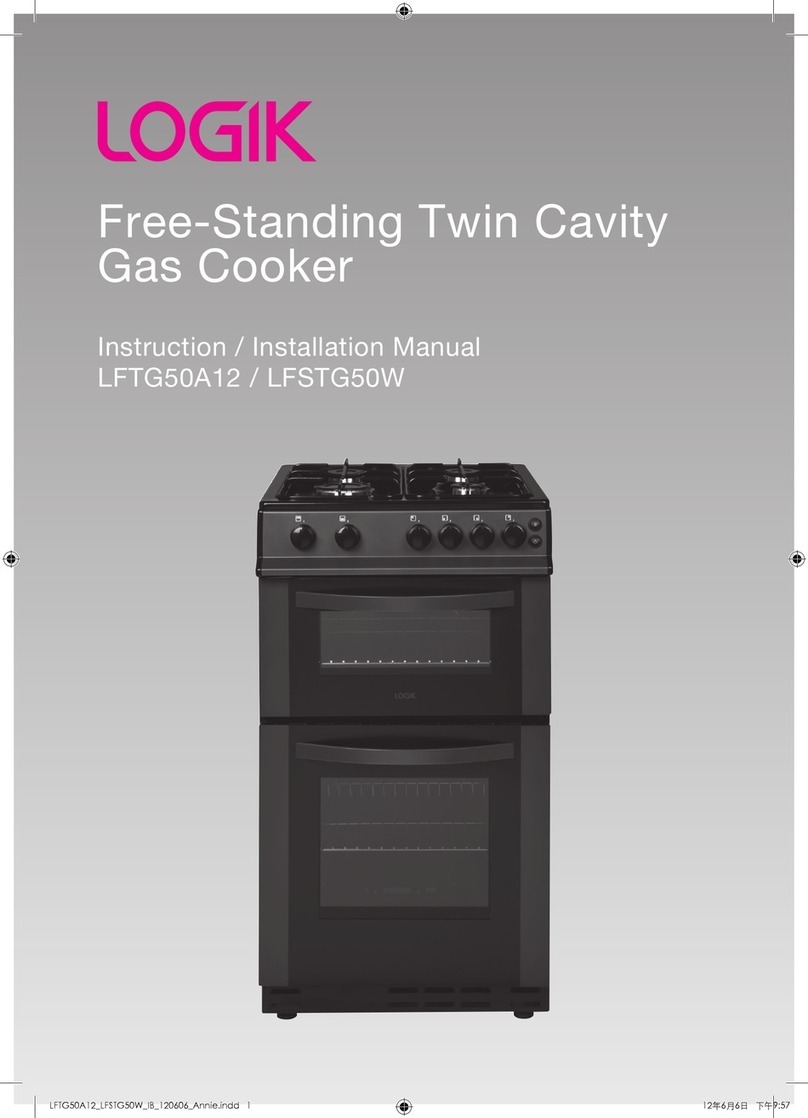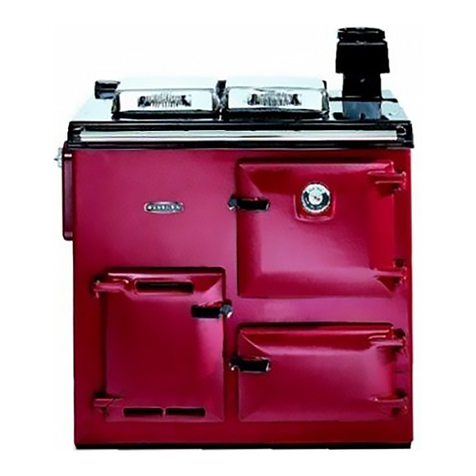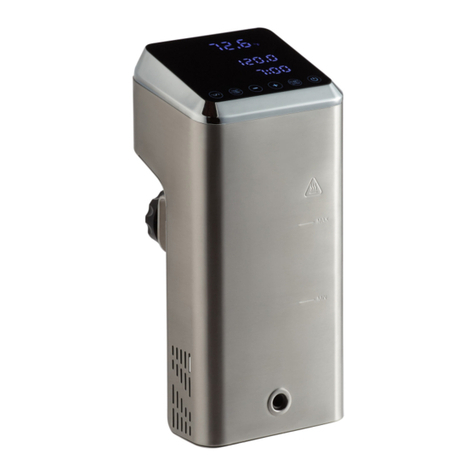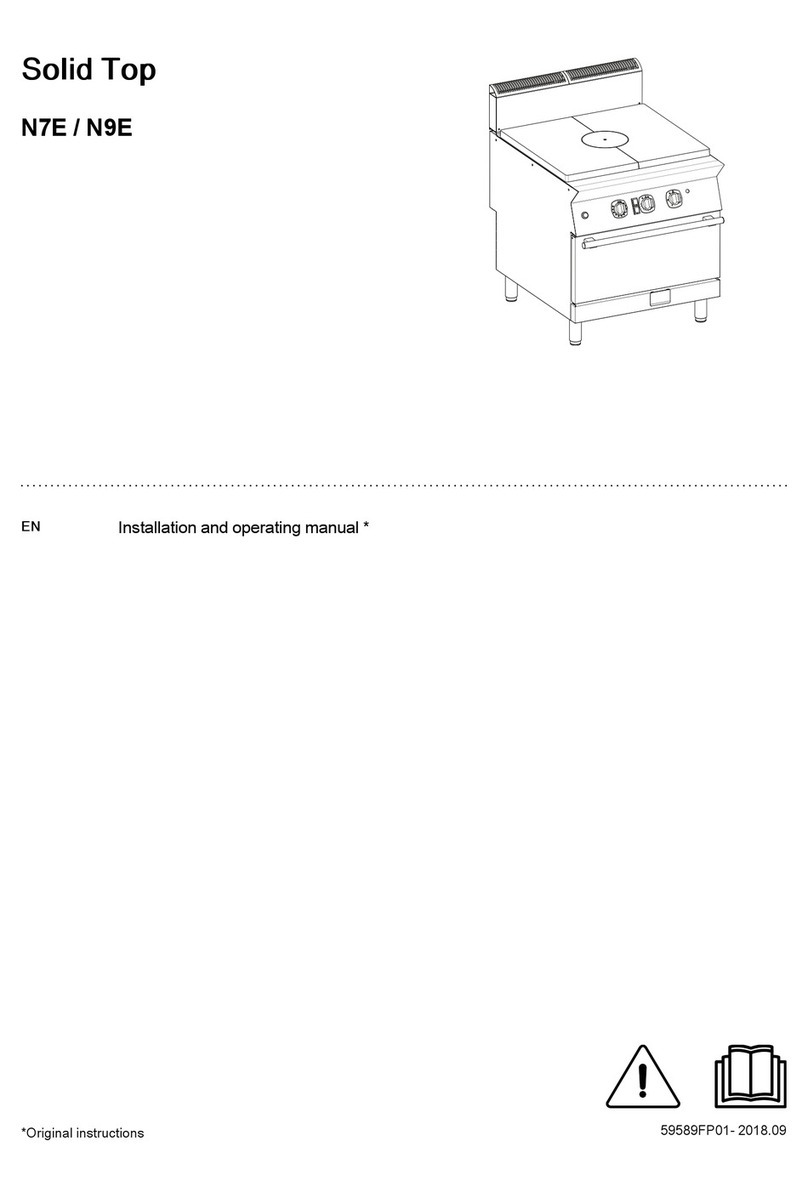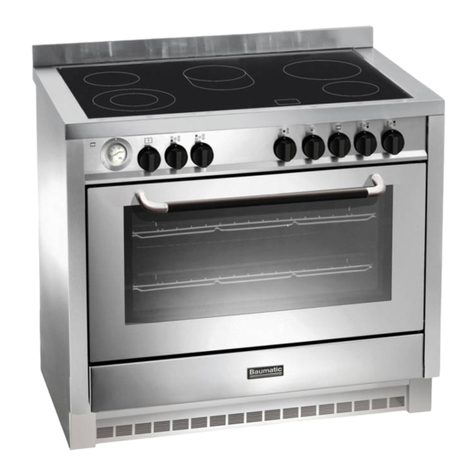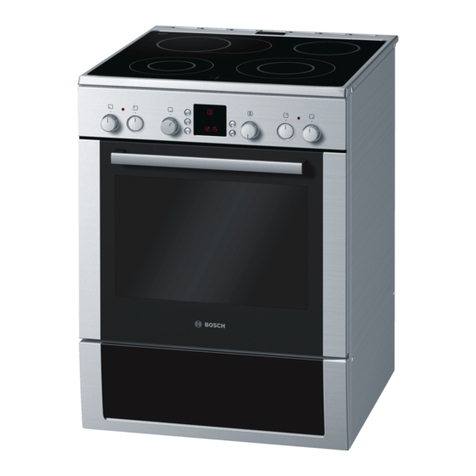
1
1. Health and Safety
n CHILDREN SHOULD BE KEPT AWAY FROM THE
APPLIANCE AS SOME SURFACES CAN BECOME HOT
TO THE TOUCH.
The appliance may contain some of the materials that are
indicated below. It is the Users/Installers responsibility to
ensure that the necessary personal protective clothing
is worn when handling where applicable, the pertinent
parts that contain any of the listed materials that could be
interpreted as being injurious to health and safety, see below
for information.
Glues and Sealants
Exercise caution - if there are still in liquid form use face mask
and disposable gloves.
Glass Yarn, Mineral Wool, Insulation Pads, Ceramic Fibre
May be harmful if inhaled. May be irritating to skin, eyes,
nose and throat. When handling avoid contact with skin or
eyes. Use disposable gloves, face-masks and eye protection.
After handling wash hands and other exposed parts. When
disposing of the product, reduce dust with water spray,
ensure that parts are securely wrapped.
General
n NEVER place anything aluminium between the
saucepan base and the ceramic surface (i.e. cooking
mats, aluminum foil, etc).
n IMPORTANT: Oil is a re risk; do not leave pans
containing oil unattended.
• In the event of a fire cover with a lid and switch OFF the
electricity.
• Smother the flames on the hob rather than attempting
to remove the pan to the outside.
• Burns and injuries are caused almost invariably by
picking up the burning pan to carry outside.
Deep Fat Frying
• Use a deep pan, large enough to completely cover the
appropriate heating area.
n NEVER ll the pan more than one-third ll of fat or
oil.
n NEVER leave oil or fat unattended during the
heating or cooking period.
The appliance can be used by children aged from 8 years and
above and persons with reduced physical, sensory or mental
capabilities or lack of experience and knowledge if they have
been given supervision or instruction concerning use of the
appliance in a safe way and understand the hazards involved.
Children less than 8 years of age shall be kept away unless
continuously supervised. Cleaning and user maintenance
shall not be made by children without supervision.
n CAUTION: The cooking process has to be supervised.
A short term cooking process has to be supervised
continuously.
n WARNING: Unattended cooking on a hob with fat or
oil can be dangerous and may result in re. NEVER
try to extinguish a re with water, but switch o the
appliance and then cover ame e.g. with a lid or re
blanket.
n WARNING: Danger of re: Do not store items on the
cooking surfaces.
n WARNING: Accessible parts may become hot during
use. Young children should be kept away.
n WARNING: If the hob surface is cracked, switch o
the appliance to avoid the possibility of electric
shock.
